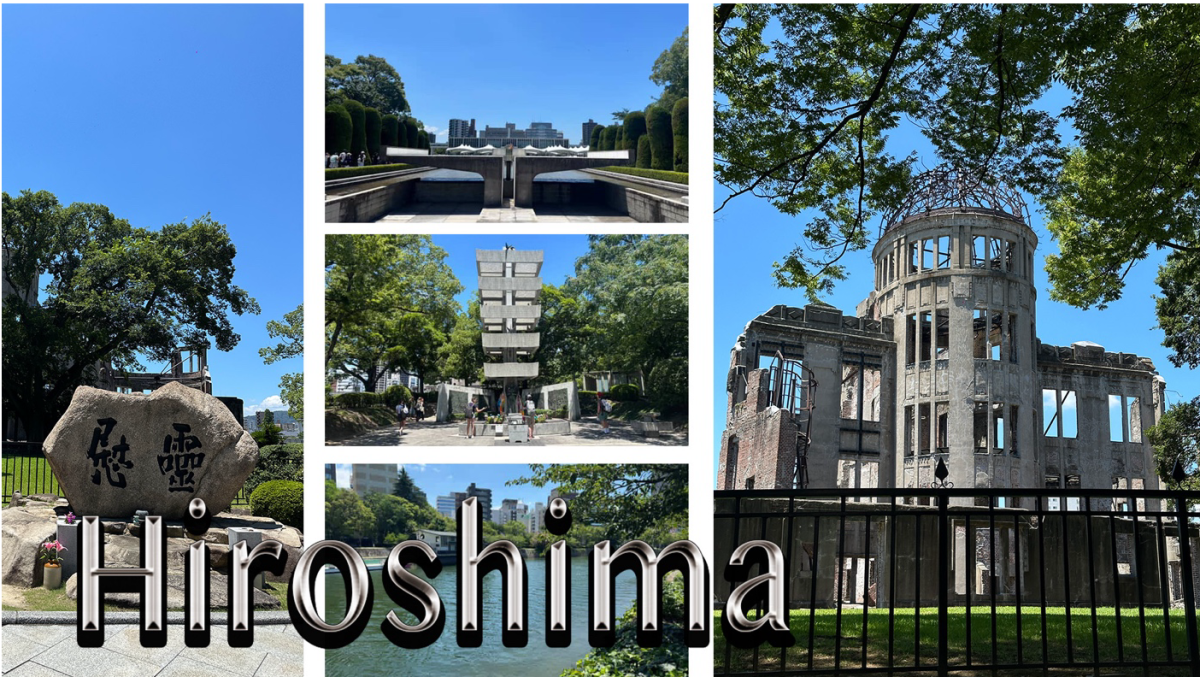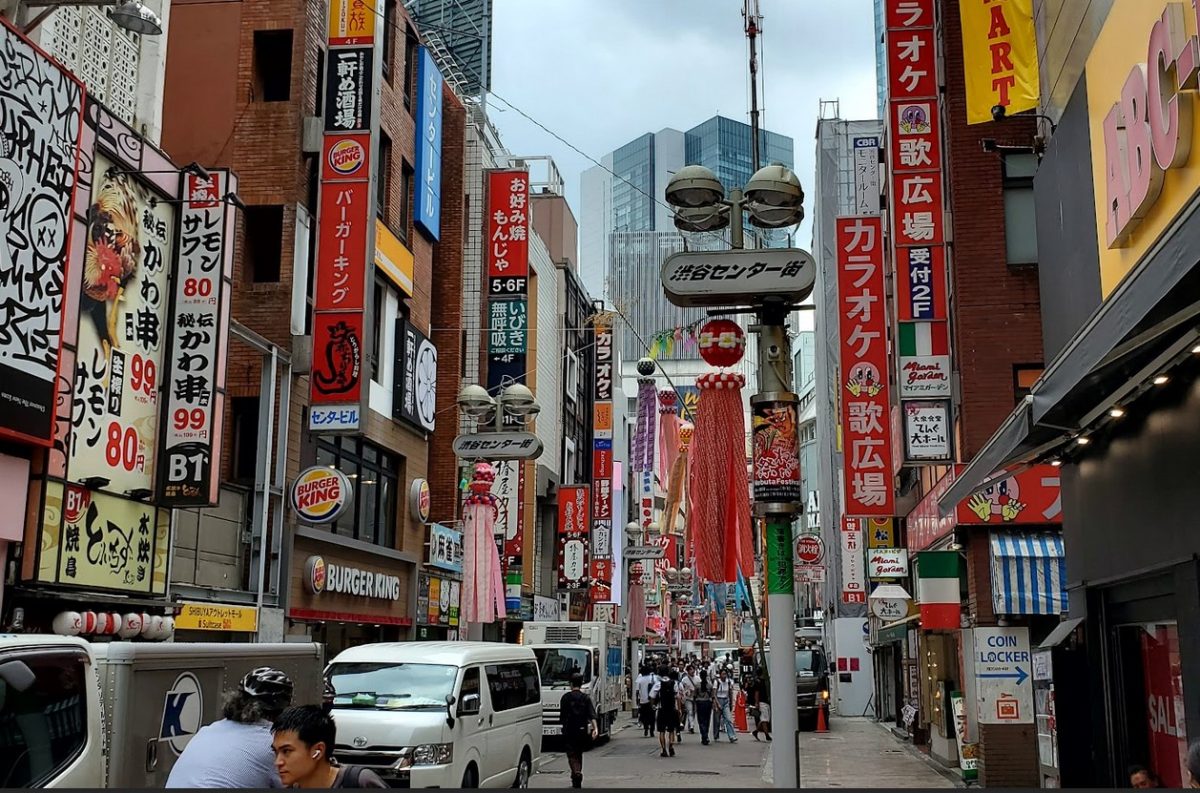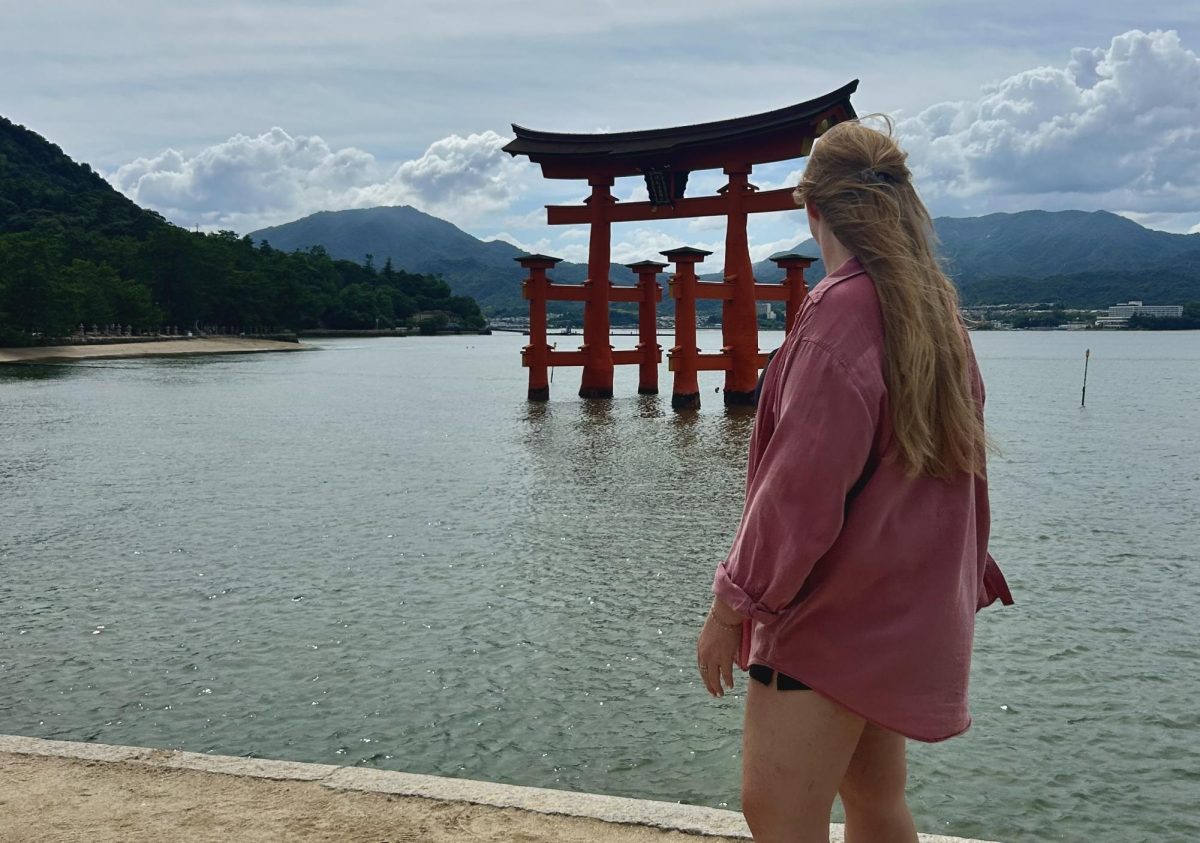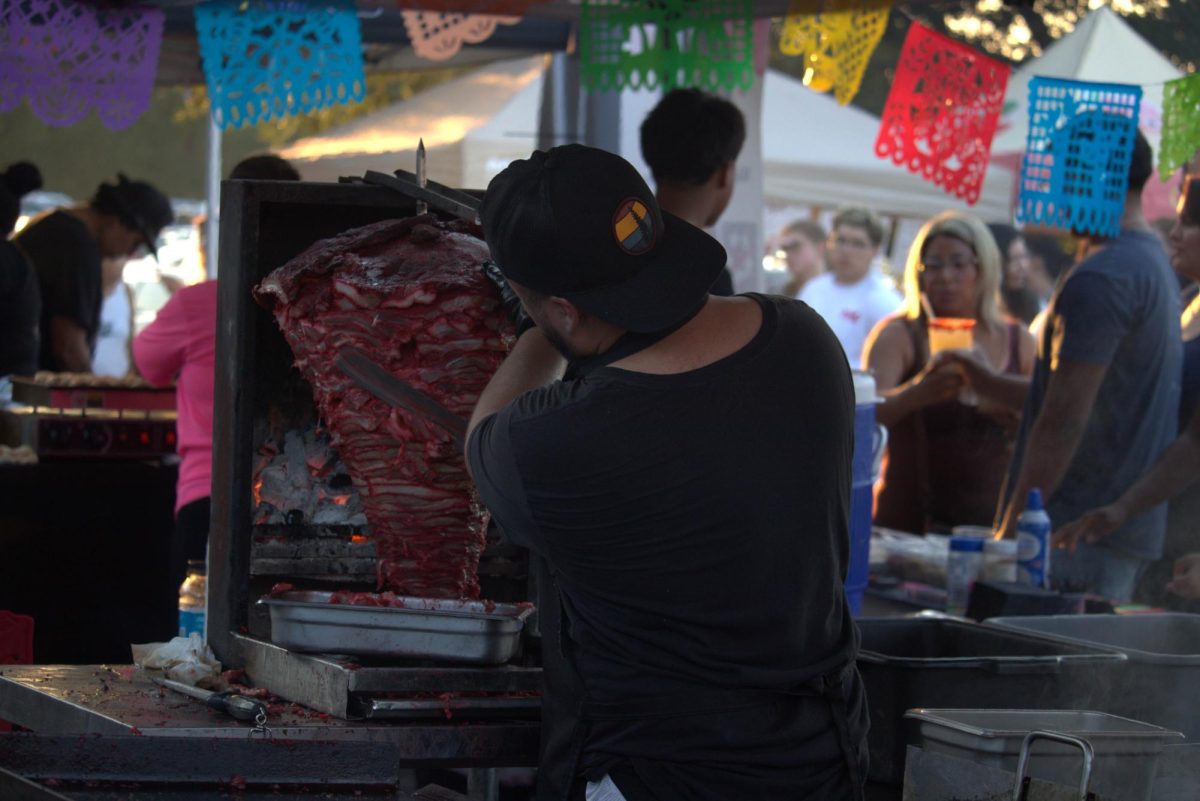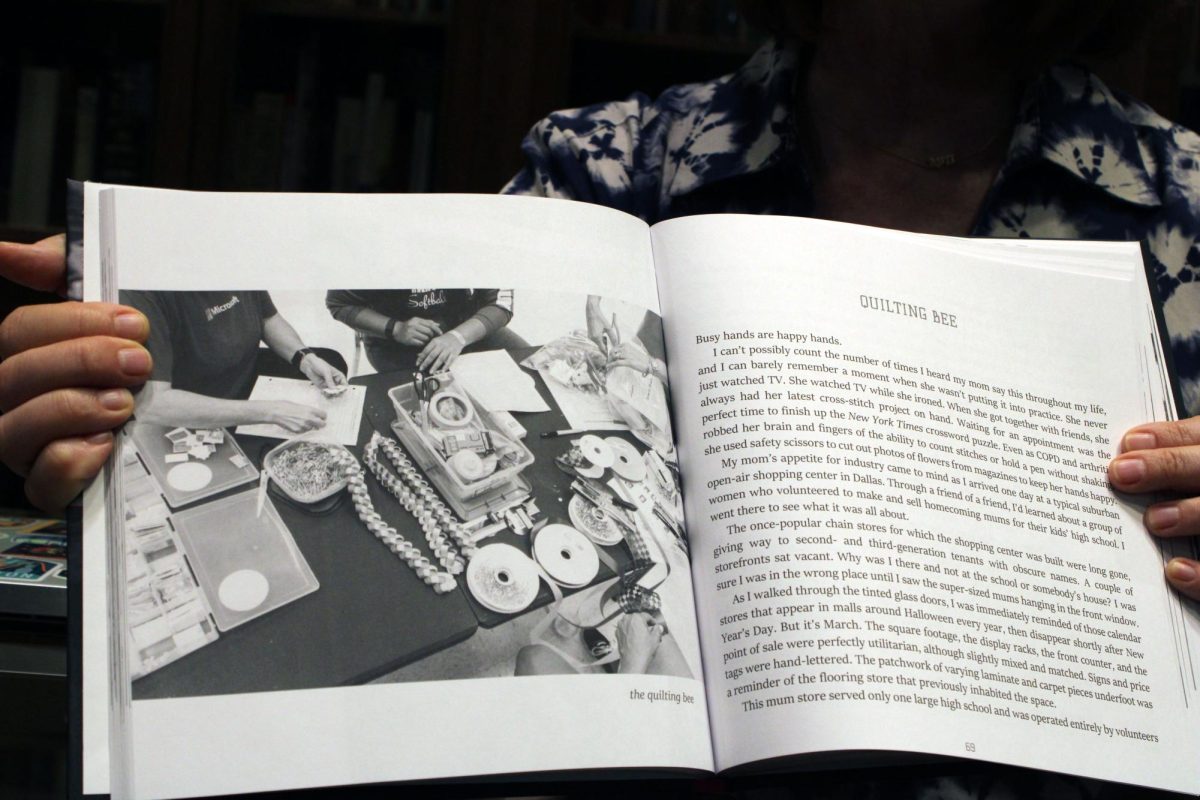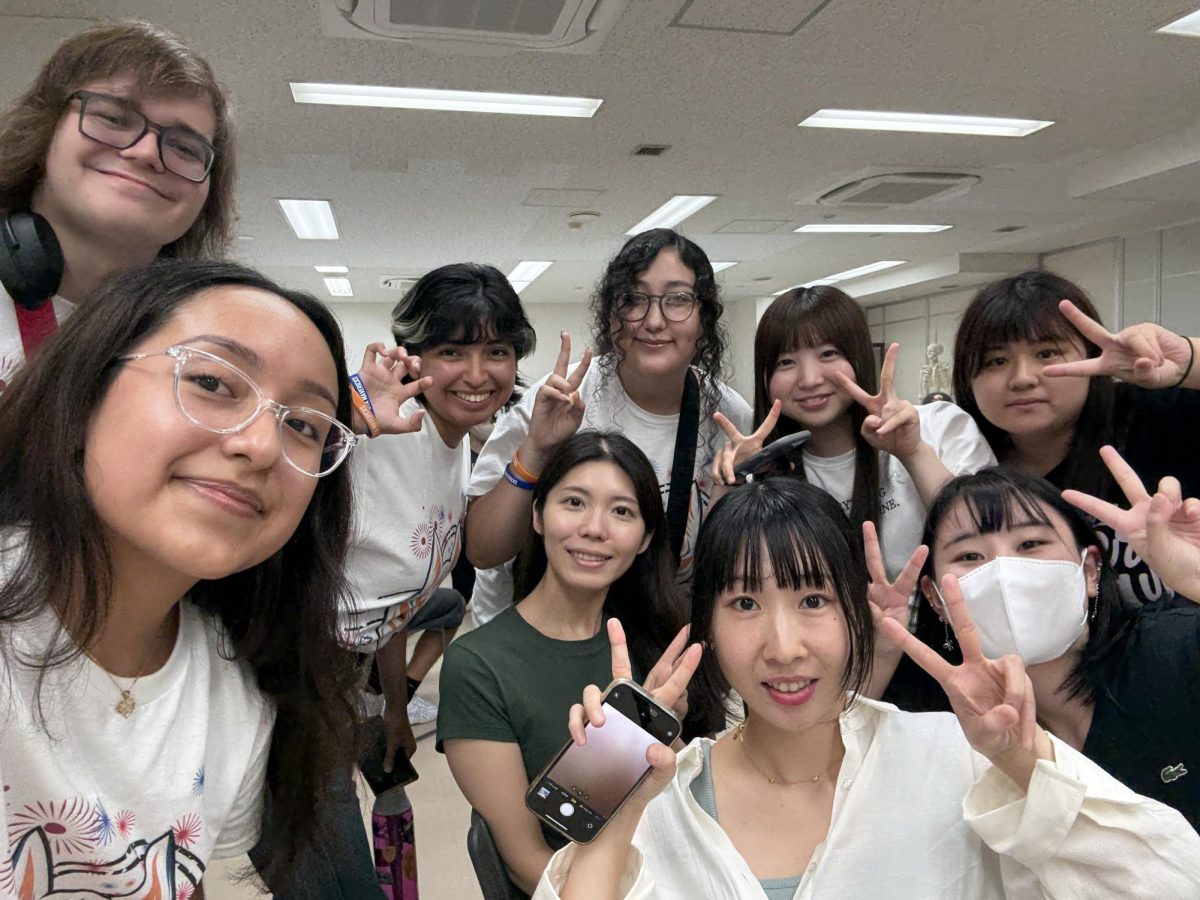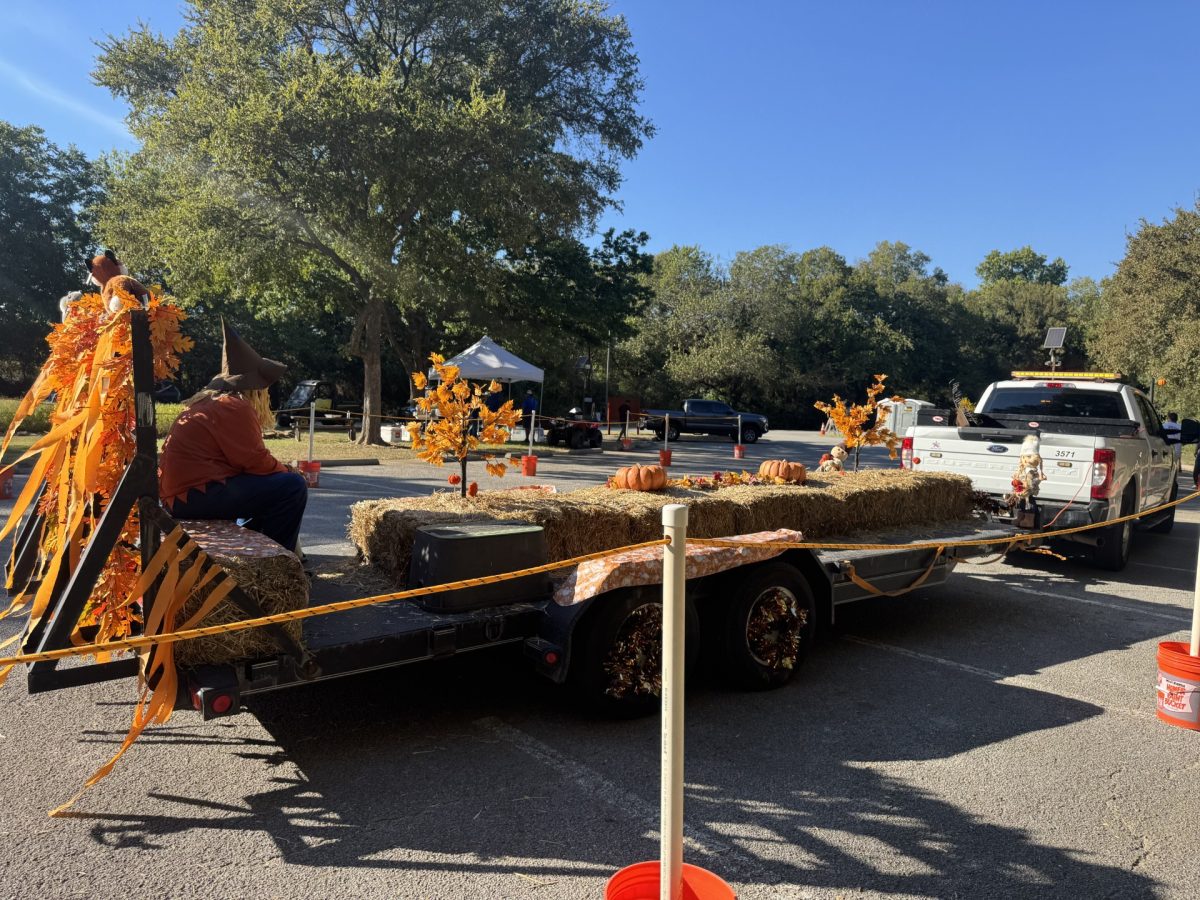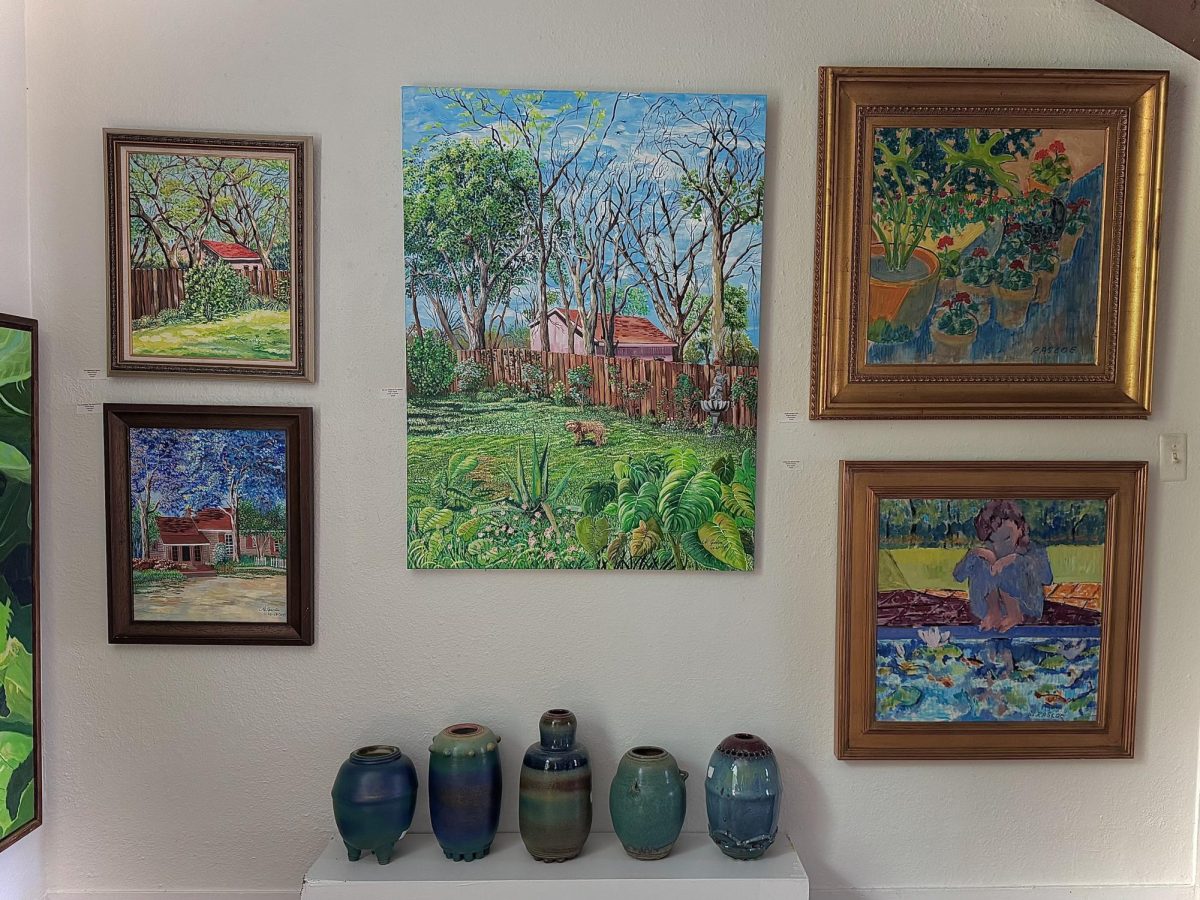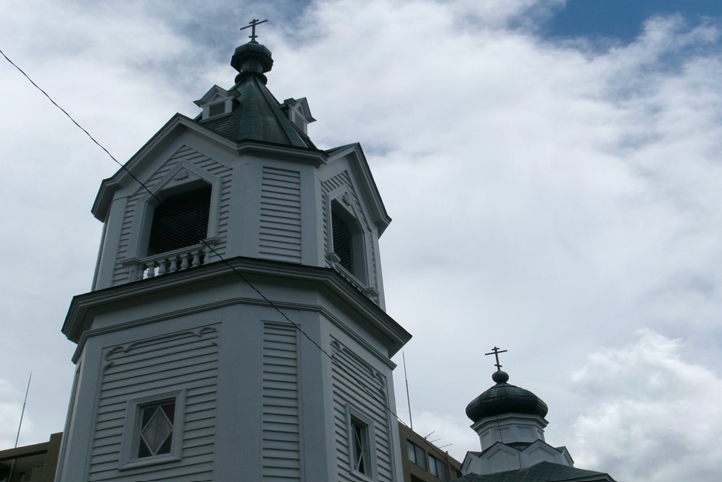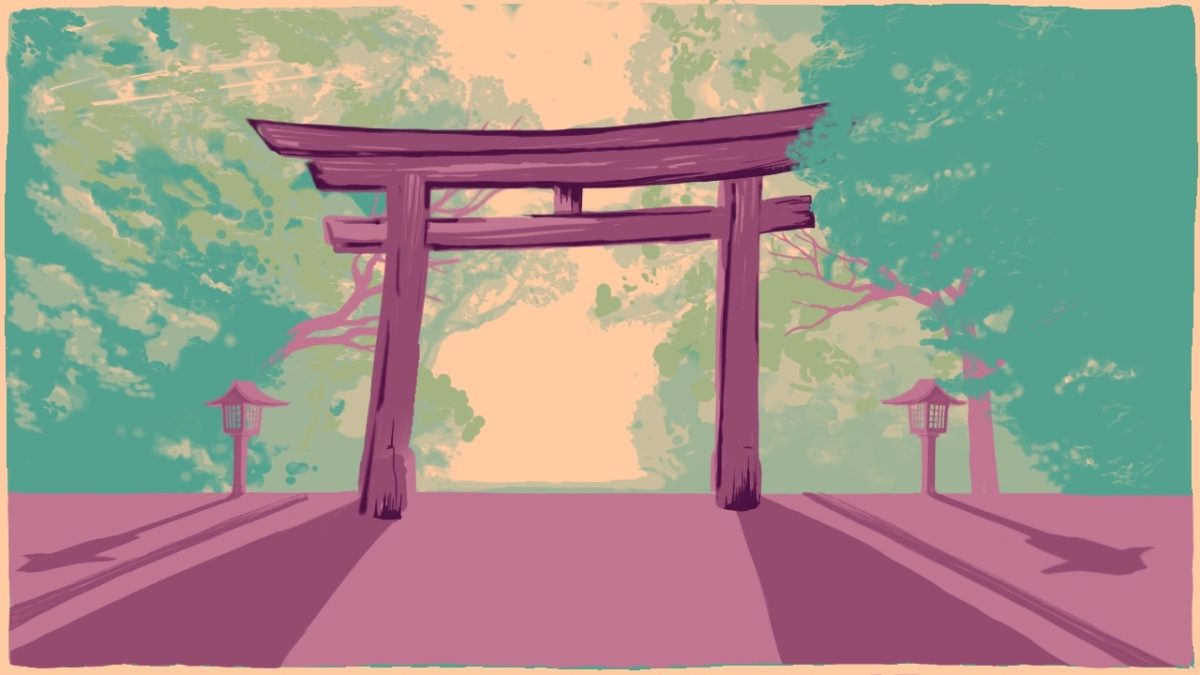TOKYO—Amid the bustle of Tokyo, visitors can find a peaceful oasis at the Meiji Shrine, dedicated to Emperor Meiji and consort Empress Shoken.
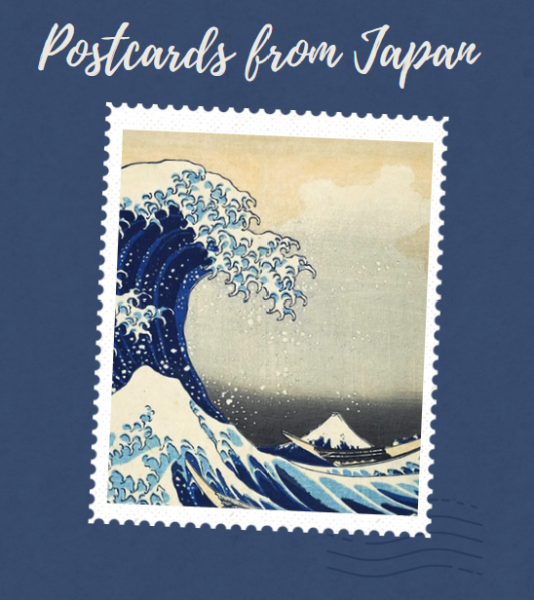
As a visitor who is not a Shinto adherent, I had to prepare beforehand. I learned, for example, that one should bow before entering through the torii gate entrance. In addition, it is important to stay to the sides when entering the grounds. The space in the center is dedicated for the use of the Shinto deities.
I had more learning to do, though, so that I could remain respectful to the culture and to Japan’s indigenous religion.
Shinto values honesty and purity
Shinto prioritizes honesty and purity as virtues. Before entering the main sanctuary, adherents and respectful visitors purify themselves. Temizu is the purification process in which visitors wash their hands, scoop water into both hands, rinse their mouths, and wash their hands once more.
Once I’d purified myself, I was free to roam the shrine grounds.
What I loved most about this visit to the Meiji shrine was the display of small wooden plaques with written prayers and wishes from visitors. Hung around the camphor tree outside the main shrine, these plaques—called ema—are an exhibit of personal hopes and prayers that are, in many cases, deeply private.
Private prayers made public
Now made public, the gentle wooden clatter blends into a meditative ambiance, and the once inward spiritual space held for faith and prayer is manifested into a physical space that can be shared alongside strangers.

Dedicated to divine spirits called kami, I found this practice to be intimate, not only because of the dedicated space, but because we are able to physically see that people often hold the same hopes and wishes. When I read their prayers, I realized I was praying for them, too.
I deeply appreciate how nature is viewed as sacred in Shinto beliefs. The belief that spirits or deities reside in the natural Earth—elements like the mountains, rivers, trees, animals and ancestors–highlights how human life and nature are connected, and in this case, cohesive.
The Shrine was created to provide a tranquil space separated from the bustling city life. The land is approximately 170 acres. Surrounded by trees and forestry, this shrine creates a space where your mind can meditate and, for many people of all beliefs, deepen their faith.
Know before you go
When exploring the shrine, there is a sense of divine protection provided throughout your visit. Even so, many would like to keep this sense of peace and safety with them back home. At the Meiji Jingu, visitors can purchase Japanese amulets, or talismans called Ofuda. These items were believed to ward off evil and invite good fortune.
A good note to make before visiting the Meiji Jingu is to bring cash with you. There are areas within the shrine grounds that allow for visitors to purchase with credit cards, but certain areas like the amulet office and the Goshuin counter only accept payment in cash.
And when you exit beneath the torii gate, make sure to face toward the shrine buildings and complete your visit with another bow.







